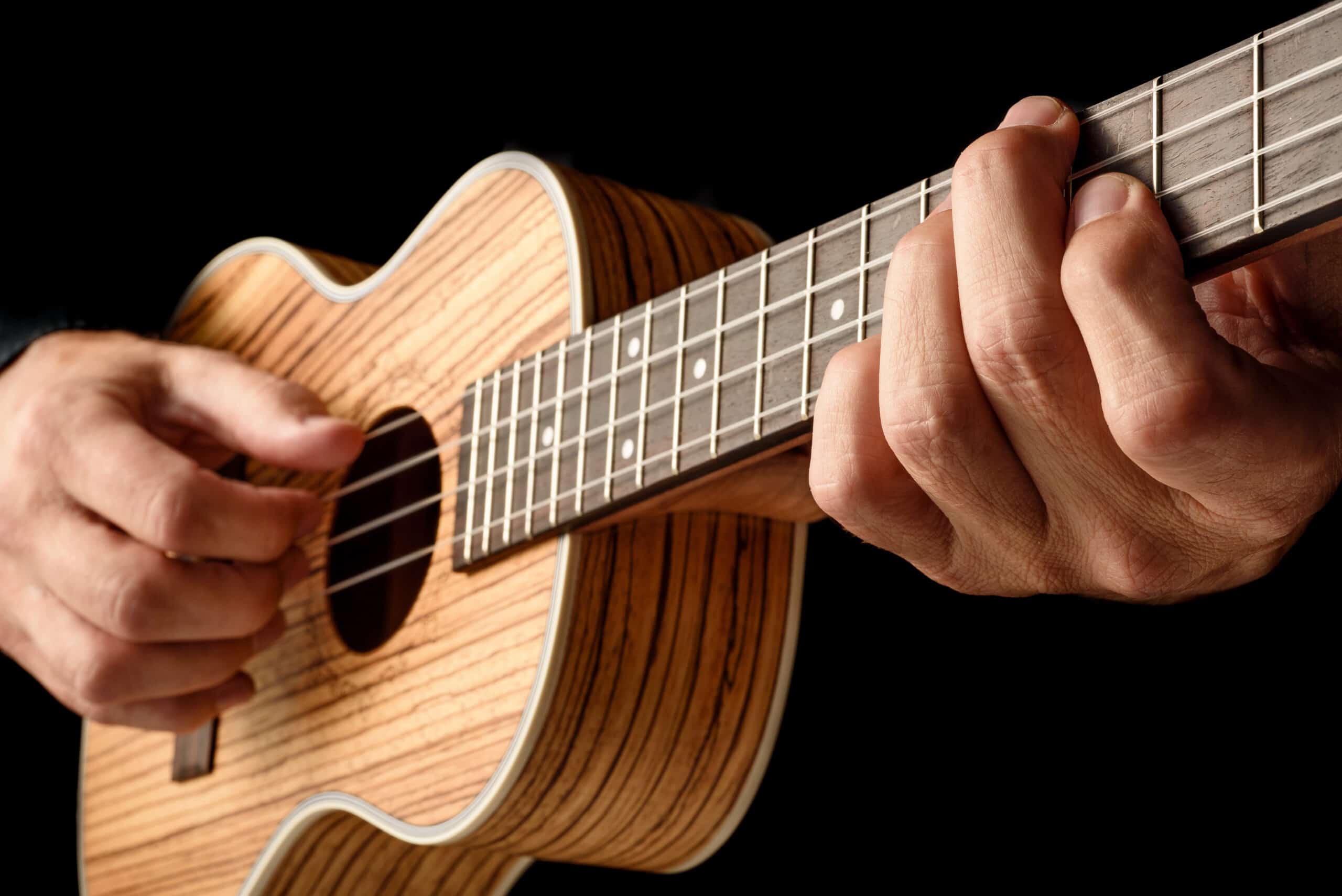Zebrawood is suitable for a number of commercial uses but due to its cost and somewhat rare availability, it’s not necessarily suitable for smoking or even burning given more suitable options that are available. Zebrawood is considered to be vulnerable which means it is on the path to becoming endangered.
Given the cost alone of zebrawood, burning it might not be the best use and as we’ll see below, this exotic hardwood has a number of commercial applications that make it a popular choice for woodworkers alike.
Plus, the unique striping on the wood makes it desirable for woodworkers who would like a cool look for their finished product.
If you are looking for woods to smoke foods with, click here for a more suitable list.
Let’s take a closer look at zebrawood in terms of its characteristics and how it is commonly used.
Zebrawood Is An Expensive Exotic Wood
Zebrawood is generally considered an expensive wood. Its unique appearance and rarity contribute to its higher price compared to more common wood species. Zebrawood’s distinctive dark stripes and rich color make it a sought-after choice for furniture, flooring, and other high-end woodworking projects. The cost of Zebrawood can vary depending on factors such as quality, availability, and market demand.
Zebrawood is classified as a hardwood which in theory makes it possible for burning. Hardwood refers to wood that comes from deciduous trees, which typically have broad leaves and go through an annual cycle of shedding their leaves.
Zebrawood is also known for its density, durability, and strength, all characteristics commonly associated with hardwood species.
With all this in mind, burning good quality zebrawood simply doesn’t make much sense.
10 Quick Facts About Zebrawood
Here are 10 quick facts about zebrawood to help us learn more about the wood and its characteristics:
- Zebrawood, also known as Zebrano, is a hardwood species known for its distinct striped appearance, resembling the stripes of a zebra.
- It is primarily found in the tropical regions of West Africa, including countries like Cameroon, Gabon, and Congo.
- The scientific name for zebrawood is Microberlinia brazzavillensis (formerly known as Astronium fraxinifolium).
- Zebrawood has a medium to coarse texture with an interlocked grain pattern, which can make it challenging to work with but also adds to its unique beauty.
- The heartwood of zebrawood ranges from a pale golden-yellow to a darker brown color, while the sapwood is usually a creamy white.
- It is a highly durable and dense wood, making it suitable for various applications that require strength and resistance to wear and tear.
- Zebrawood is commonly used in furniture making, flooring, cabinetry, decorative veneers, musical instruments, and turned objects.
- The timber of zebrawood is sought after for its aesthetic appeal and is often used to create bold and eye-catching design elements in woodworking projects.
- While zebrawood is not listed on the IUCN Red List of Threatened Species, it is considered vulnerable due to deforestation and illegal logging in its native habitats.
- Zebrawood is a popular choice among woodworkers and craftsmen who appreciate its striking appearance and unique grain pattern, adding a touch of elegance and character to their creations.
Zebrawood Has Many Popular Commercial Uses
Zebrawood is commonly used for a variety of woodworking projects due to its unique appearance and durability. Some common uses of zebrawood include:
- Furniture: Zebrawood is often used to create high-end furniture pieces such as tables, chairs, cabinets, and veneers. Its striking striped pattern adds visual interest and a touch of elegance to furniture designs.
- Flooring: Zebrawood flooring is popular for its durability and exotic look. It can create a stunning visual effect in residential and commercial spaces, adding warmth and character to the environment.
- Decorative items: Zebrawood is used to craft decorative items such as cutting boards, bowls, jewelry boxes, and other small wooden accessories. Its unique grain pattern makes these items stand out.
- Musical instruments: Zebrawood is valued in the construction of musical instruments, particularly for acoustic guitars, bass guitars, and ukuleles. Its tonal qualities and aesthetic appeal make it a preferred choice for instrument makers.
- Architectural millwork: Zebrawood is sometimes used in architectural millwork applications, such as wall paneling, doors, and trim. It can enhance the visual appeal of interior spaces and add a touch of luxury.
It’s worth noting that zebrawood is not recommended for outdoor applications as it may be susceptible to weathering and decay.

